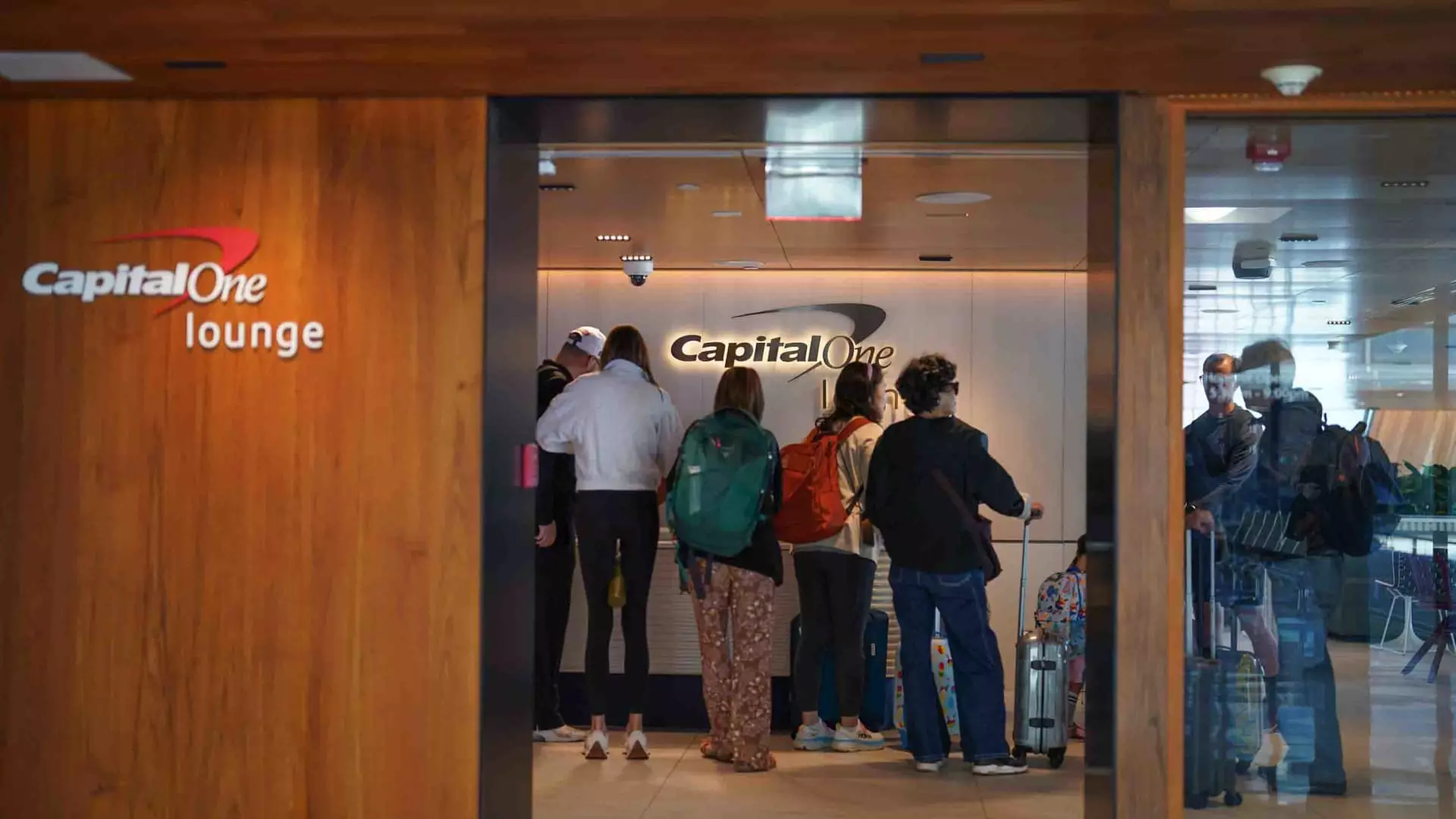In an age where traveling has become as routine as a morning commute, the airport lounge experience was once considered the pinnacle of convenience and luxury. Yet, as air travel becomes increasingly democratized with cheaper tickets, a troubling contradiction is emerging. The very perks that once defined an elite travel experience, particularly airport lounges, are being eroded in favor of restricting access to maintain exclusivity among a growing number of affluent travelers. Capital One has recently made headlines by announcing significant changes to its lounge access policy that solidify this trend. These shifts reveal a glaring reality: the luxury of lounge access is fast turning into a privilege only for the wealthy elite.
Exclusivity Comes at a Cost
As of February 1, Capital One cardholders with the Venture X or Venture X Business cards will face new financial burdens to keep the lounge experience appealing and accessible. Gone are the days of freely bringing guests to enjoy the calmer and more refined oasis that lounges present. Instead, travelers will now have to dig deeper into their pockets: $125 annually for each additional cardholder wishing to step foot inside these exclusive spaces, and fees amounting to $45 for adult guests with $25 tagging along each child guest under 17 years of age. Such measures evidence a harsh reality that an increasing number of families may find themselves priced out of an experience that was once a collective delight.
Capital One justifies these modifications with the argument of long wait times for entry into these lavish spaces, yet it is difficult not to feel a sense of betrayal. By distancing the average family from access to lounges, the companies strip away a layer of convenience that many travelers—especially families—cherish during stressful travel days. There’s a bittersweet irony in the fact that as air travel becomes cheaper, enjoying premium experiences at the airport now feels like an exclusive club with a rather hefty entrance fee.
The Many Faces of Lounge Access
To add insult to injury, primary cardholders must now meet a spending benchmark of $75,000 per calendar year to be granted the privilege of bringing guests without incurring additional fees. One can’t help but wonder: who truly constitutes the target audience of such extravagant requirements? The requirement for considerable spending merely to enjoy the company of a family member or friend during a hectic travel day is not just restrictive but, ultimately, a dimming reflection of the values often advertised by the travel industry.
As Capital One follows trends set by prestigious names like American Express, it’s apparent that the lean towards exclusivity is not just a singular company’s stance but a broader industry-wide issue. This competition has resulted in a race to limit access for the sake of preserving the perceived value of lounge experiences. The lounges that were once havens for weary travelers to rest and recharge are evolving into elite sanctuaries, catering mainly to those with deep pockets.
The Cost of Success
Henry Harteveldt, founder of Atmosphere Research Group, aptly describes the situation: “these lounges have become victims of their own success.” As travelers flock to these spaces, their rising popularity brings with it the inevitable overcrowding that has spurred these fiscal restrictions. It’s a symptom of a larger problem: as the industry grows, it struggles to balance customer satisfaction with a desire for exclusivity. Rather than expanding access to accommodate more travelers, companies are opting to impose limitations. It raises the question—shouldn’t access to comfort be expected, especially as the entire travel experience evolves into more commonality?
Yet the battle between affordability and exclusivity isn’t just a tragedy for the average traveler. Airlines themselves are grasping for ways to manage crowd dynamics, which has led to further, sometimes unwelcome, changes in their lounge policies. Delta Air Lines, for instance, has eliminated unlimited visits in favor of annual caps, an action that echoes the trend of restricting access while simultaneously upgrading facilities. With each incremental restriction, the inspired promise of a unified travel experience continues to slip away.
Hopes for a More Inclusive Future
As someone advocating for center-wing liberalism, I can’t help but voice concern over the rising trend of privatizing and restricting communal enjoyments in the travel realm. Travel should remain a unifying experience that welcomes all individuals, regardless of financial standing. It’s imperative to reinstate accessibility in our travel environments, especially ones created to alleviate stress rather than enhance it. If lounges were meant to preserve tranquility amidst chaos, we should be asking ourselves: at what price are we willing to uphold an illusion of exclusivity?

Leave a Reply